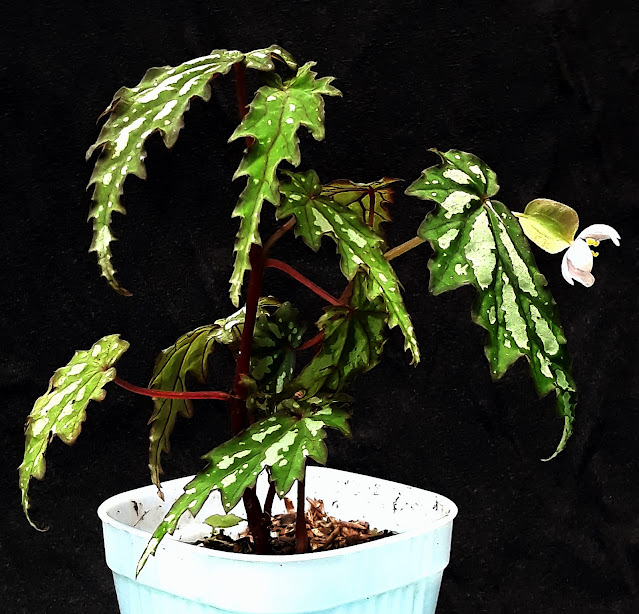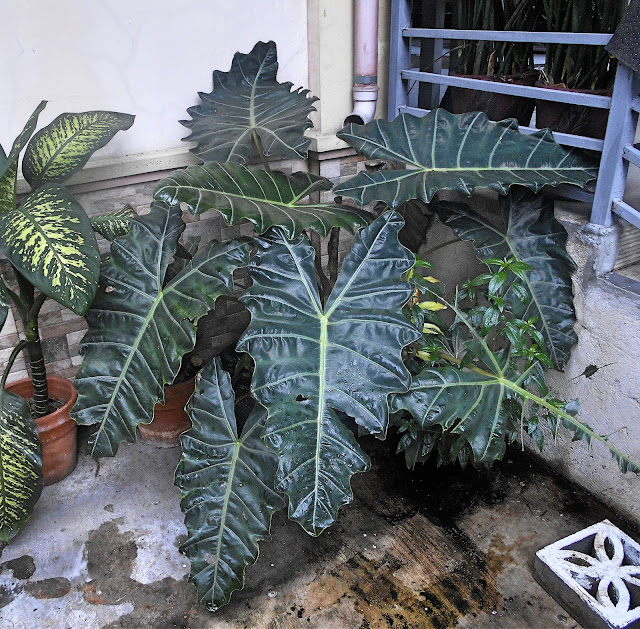Chestnut musings

Whilst driving along a road in the province of Laguna, fellow field botanists and I spotted a lone fruiting Castanopsis . Only one Castanopsis is known from Luzon, C. philipensis , and what we had before us wasn't that species. My suspicion was that it belonged to C. psilophylla , a species of Bornean origin but listed for the Philippines, apparently in error.* In 2016, it was found on Mindanao, and on August 4, 2023, we found the first tree from the island of Luzon. The identity of the tree has since been confirmed by Pieter Pelser from the University of Canterbury. For the benefit of the uninitiated, the genus Castanopsis differs from Castanea only by very minor suite of characters. Castanea is the genus where the chestnut belongs. Some species of Castanopsis bear seeds of comparable sizes to the chestnut, and these are also consumed in much the same way as the chestnuts of commerce. But ruminating on the tree, I am much more interested with its distribution. You see, Cas





